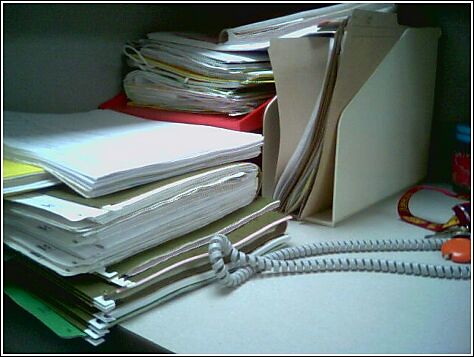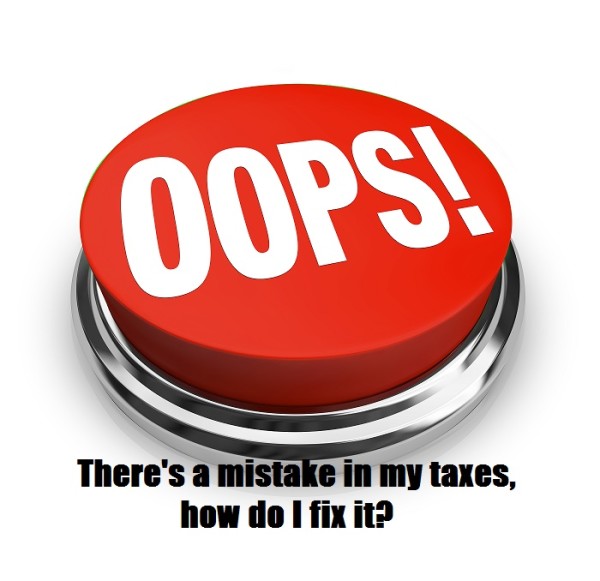Can You Have Too Much Documentation?
I recently got an e-mail from my friend Steve who was concerned that he was keeping his records for too long. He was looking to purge some of his files and he also wanted to know if he was overdoing it on his documentation. Steve owns a small business.
Personally, as an accountant, when Steve told me about his recordkeeping–I was just so excited! He kept such good books. But at what point do you not need all those records?
I’m posting what the IRS says on its official website in red. My comments are in black.
Note: Keep copies of your filed tax returns. They help in preparing future tax returns and making computations if you file an amended return. I would also add that you should keep the official tax documents that go with the return, especially things like 1099s and W2s if you are an employee. Keep anything that shows a tax payment.
According to the IRS, your need to hang onto records depends upon your situation. The situations are as follows:
You owe additional tax and situations (2), (3), and (4), below, do not apply to you; keep records for 3 years. What they mean is that if you don’t have any tax problems, you only need to hold on to your tax returns for three years. That’s how long the IRS has to go after you for a simple mistake like leaving an interest statement off your return. So here’s my issue with this–what if you don’t know you have a tax problem? Like what comes next—
You do not report income that you should report, and it is more than 25% of the gross income shown on your return; keep records for 6 years. Bingo! This is why I don’t approve of tossing documents after only three years. Here’s a good example–let’s say you’re a senior citizen with some social security, a pension, and some stocks. You sell $10,000 worth of your mutual fund for your living expenses but you had a loss so you don’t think to even put it on your tax return. (That’s a very common mistake.) So even though the missing item on your tax return was a loss, to the IRS, its $10,000 and hit’s the over 25% mark.
You file a fraudulent return; keep records indefinitely. Okay, so if you’re filing fraudulent returns, keep your records forever. Ahem…people who intentionally file fraudulent returns–well that’s just not my specialty. But normal people who screw up their returns–that is. The IRS has a hard time telling the difference between criminals and good people who do stupid things.
You do not file a return; keep records indefinitely. Okay, I say file a tax return every year whether you are required to or not. It helps protect you from identity theft and it protects you from the IRS coming after you to taxes later because you missed a document.
You file a claim for credit or refund* after you file your return; keep records for 3 years from the date you filed your original return or 2 years from the date you paid the tax, whichever is later. That means if you filed an amended return to get back more money, hold on to your records for even longer.
You file a claim for a loss from worthless securities or bad debt deduction; keep records for 7 years. That makes sense.
Keep all employment tax records for at least 4 years after the date that the tax becomes due or is paid, whichever is later. The IRS is very touchy about employment taxes. These are really important.
Of course, records relating to assets that you own should be kept for at least as long as the asset is in the business. For example: You buy a computer and you’re depreciating it for 5 years. You must keep the receipt for that for the whole five years. You buy a business building–you hang onto that document for the whole 39 years or until you sell the building.
So here’s my “Jan Rule” on keeping tax records. If you own a small business, keep your actual tax returns and back up for at least 10 years. In my next post, we’ll talk about what back up you’re going to want to keep.



